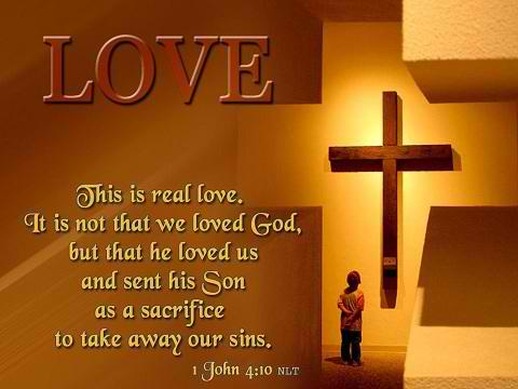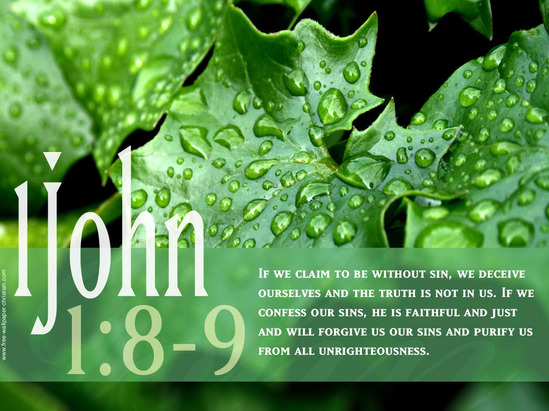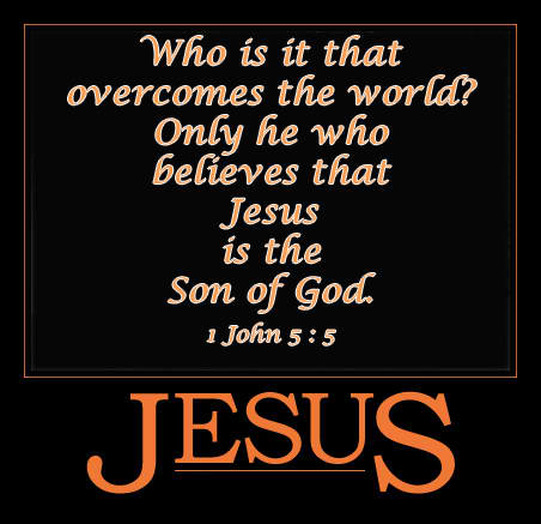The First Letter of John

False teachers were trying to mislead first-century Christians by denying, among other things, the true humanity of Jesus Christ. This view was incorporated within the system called Gnosticism and is the background of much of 1 John.

The author is John son of Zebedee - the apostle and the author of the Gospel of John and the book of Revelation. He was a first cousin of Jesus. The letter is difficult to date with precision, but many factors indicated that it was written near the end of the first century, probably around A.D. 90.

John had two basic purposes in mind in this letter: (1) to expose false teachers, and (2) to give believers assurance of salvation. In keeping with his intention to combat Gnostic teachers, who taught that the spirit is entirely good and matter is entirely evil, John specifically struck at their total lack of morality; and by giving eyewitness testimony to the incarnation, he sought to confirm his readers' belief in the incarnate Christ.

I. The Reality of the Incarnation (1:1-4)
II. Fellowship With the Father and the Son
(1:5-2:28)
III. Divine Sonship
(2:29-4:6)
IV. Ethics and Jesus Christ (4:7-5:12)
V. Great Christian Certainties (5:13-21)
II. Fellowship With the Father and the Son
(1:5-2:28)
III. Divine Sonship
(2:29-4:6)
IV. Ethics and Jesus Christ (4:7-5:12)
V. Great Christian Certainties (5:13-21)
See Blog about clarification on 1 John 1:9. John is calling unbelievers to repent and be made righteous.

Chapters 1-2, John reassures believers explaining, “God is Light and in Him is no darkness at all” (1:5). He wrote that if sins were confessed He would cleanse them, because Jesus is the propitiation for “the whole world” (2:2).
See 1 John 1:9 blog for more info. Because John was aware of the continuing attack of false teachings, he then urged believers not to love and follow after the world because it was not of the Father, and would ultimately pass away. Discernment is necessary to thwart the constant attacks of heresy.
In chapters 3-4, He teaches about the love of God and that through His love He sent Jesus, “To destroy the works of the devil” (3:8). Therefore,
believers should love each other not only with words but also, “in deed and truth” (3:18), as Jesus commanded.
See 1 John 1:9 blog for more info. Because John was aware of the continuing attack of false teachings, he then urged believers not to love and follow after the world because it was not of the Father, and would ultimately pass away. Discernment is necessary to thwart the constant attacks of heresy.
In chapters 3-4, He teaches about the love of God and that through His love He sent Jesus, “To destroy the works of the devil” (3:8). Therefore,
believers should love each other not only with words but also, “in deed and truth” (3:18), as Jesus commanded.

Chapter 5, John exhorts Christians to live by faith because through our faith in Christ that we overcome the wickedness of the world. In addition, John writes one of the most powerful and assuring statement concerning the work of Jesus on the cross, “These things I have written to you who believe in the name of the Son of God, so that you may know that you have eternal life” (vs. 13). John wanted all believers to “know” 100%, that because of their faith and trust in Jesus Christ they would spend all of eternity with Him.
continue to 2 John...
continue to 2 John...